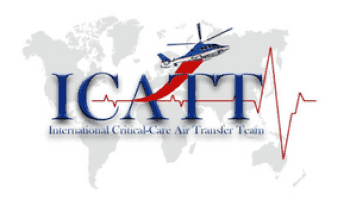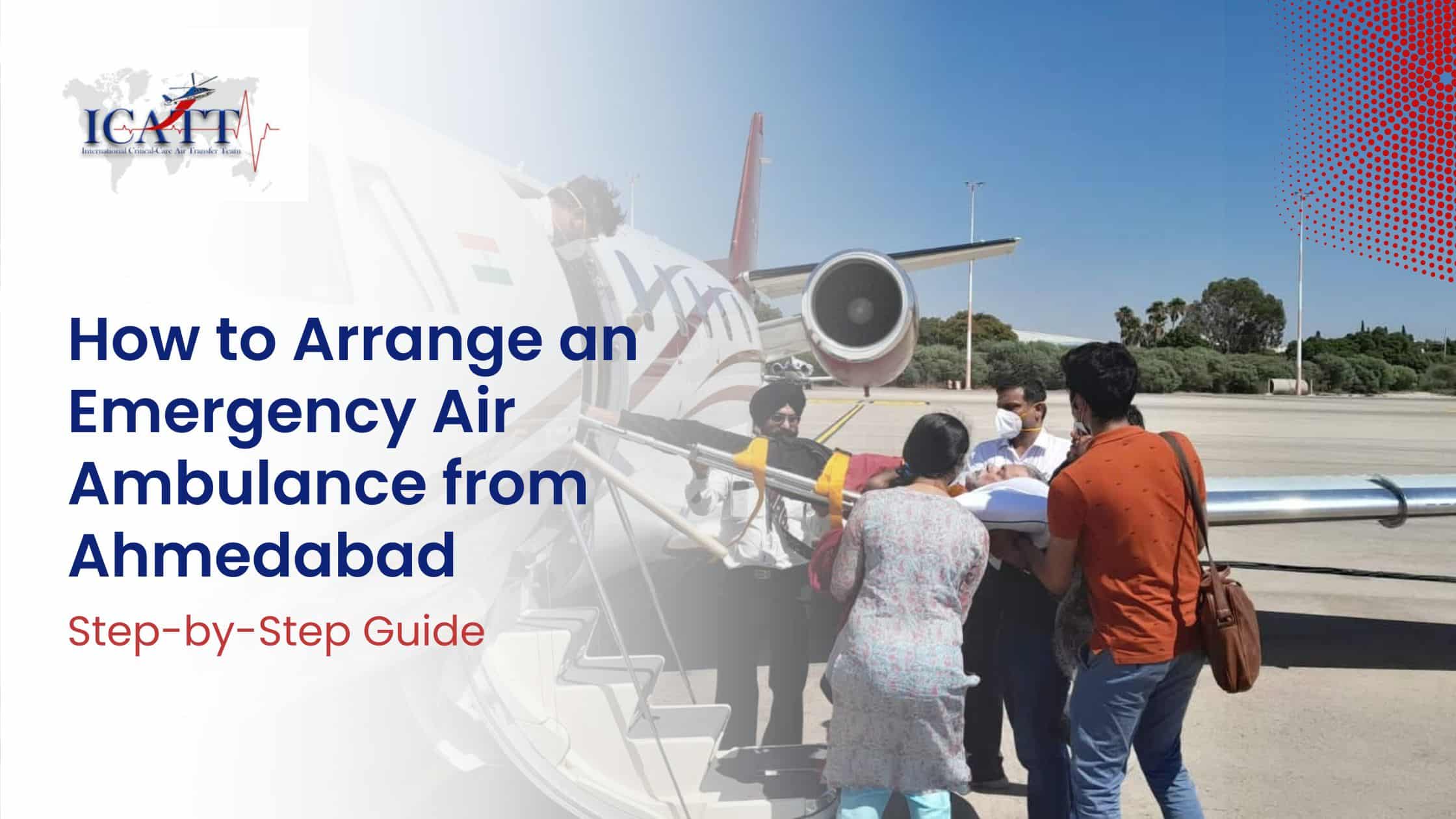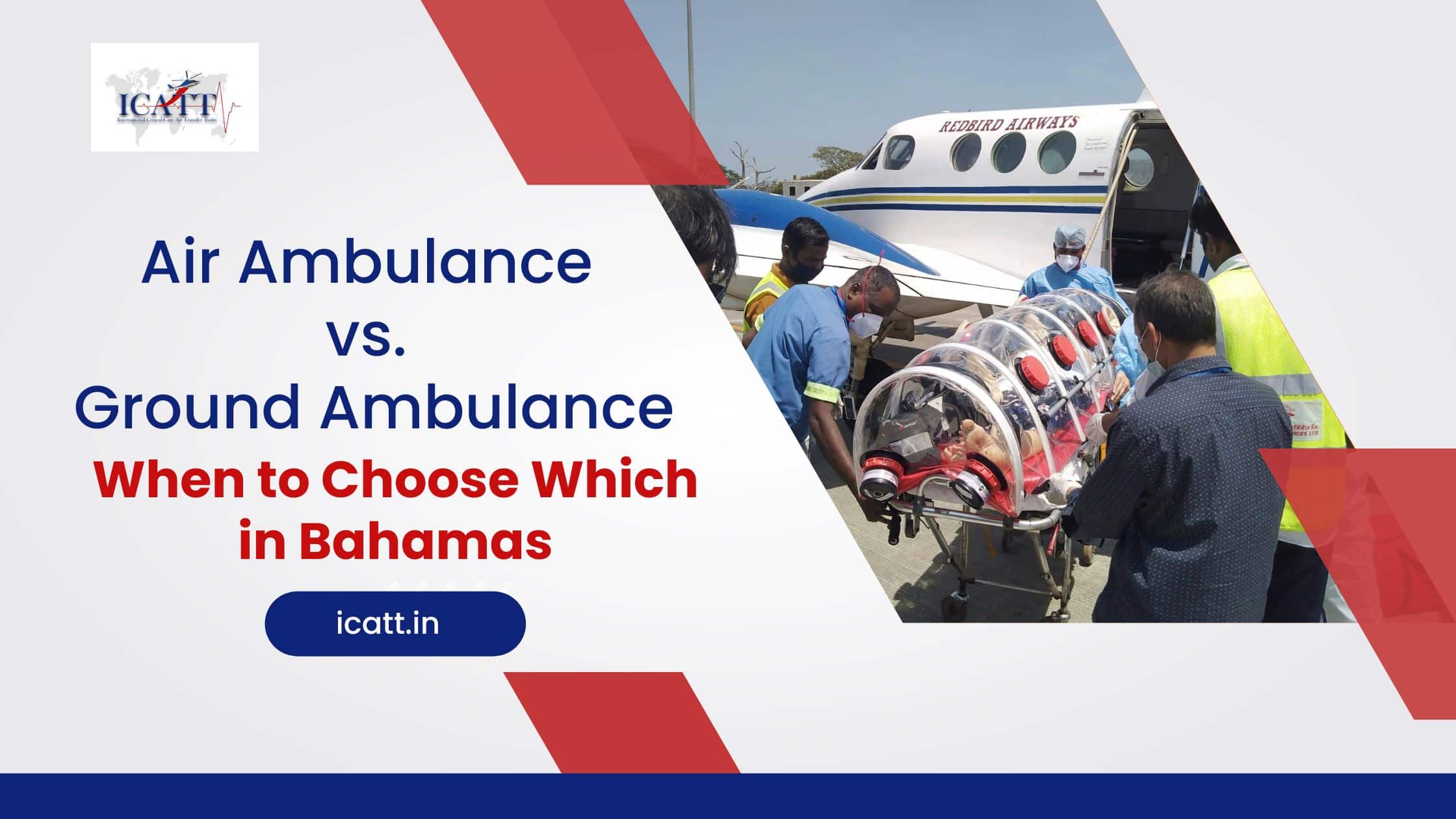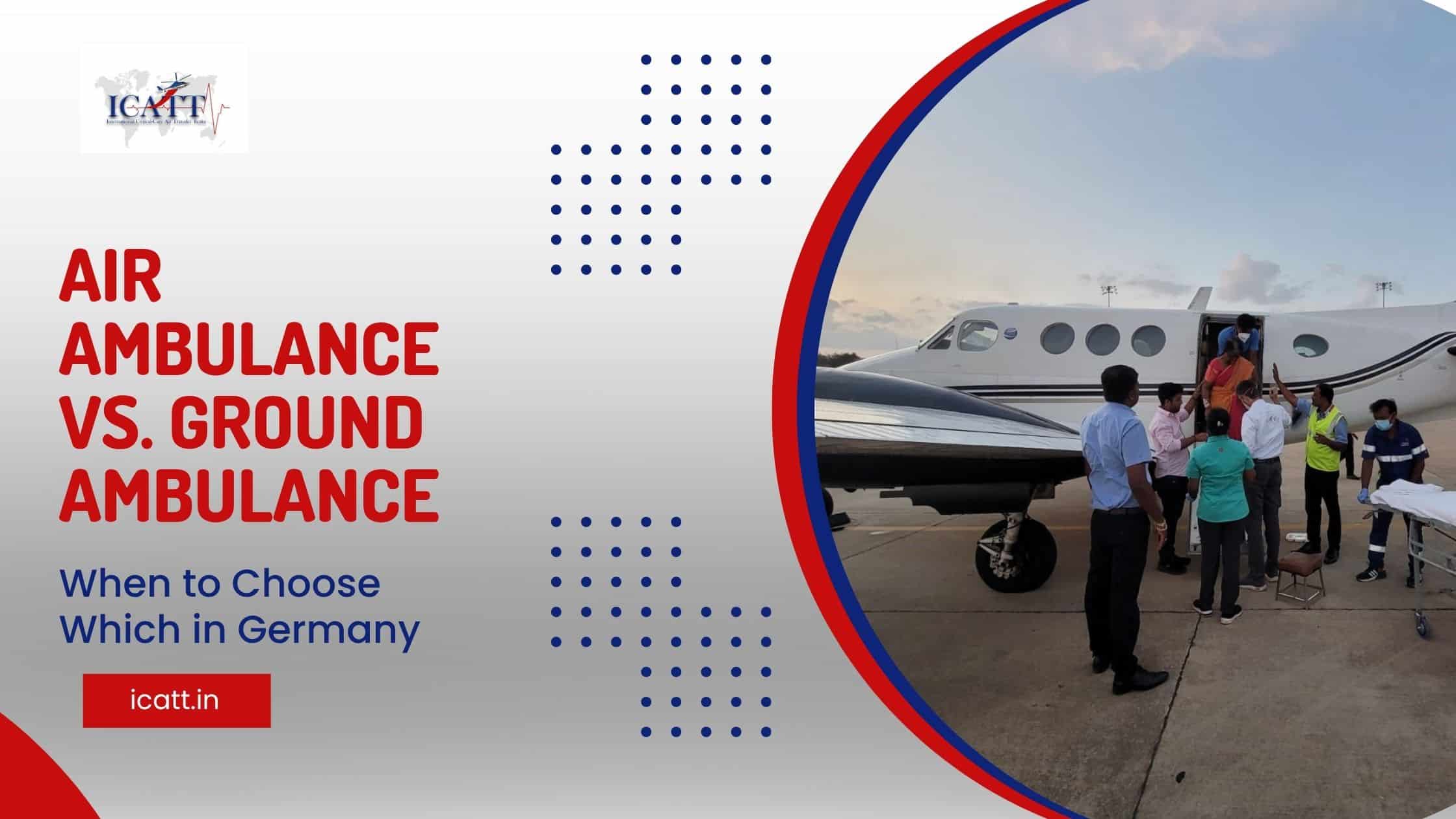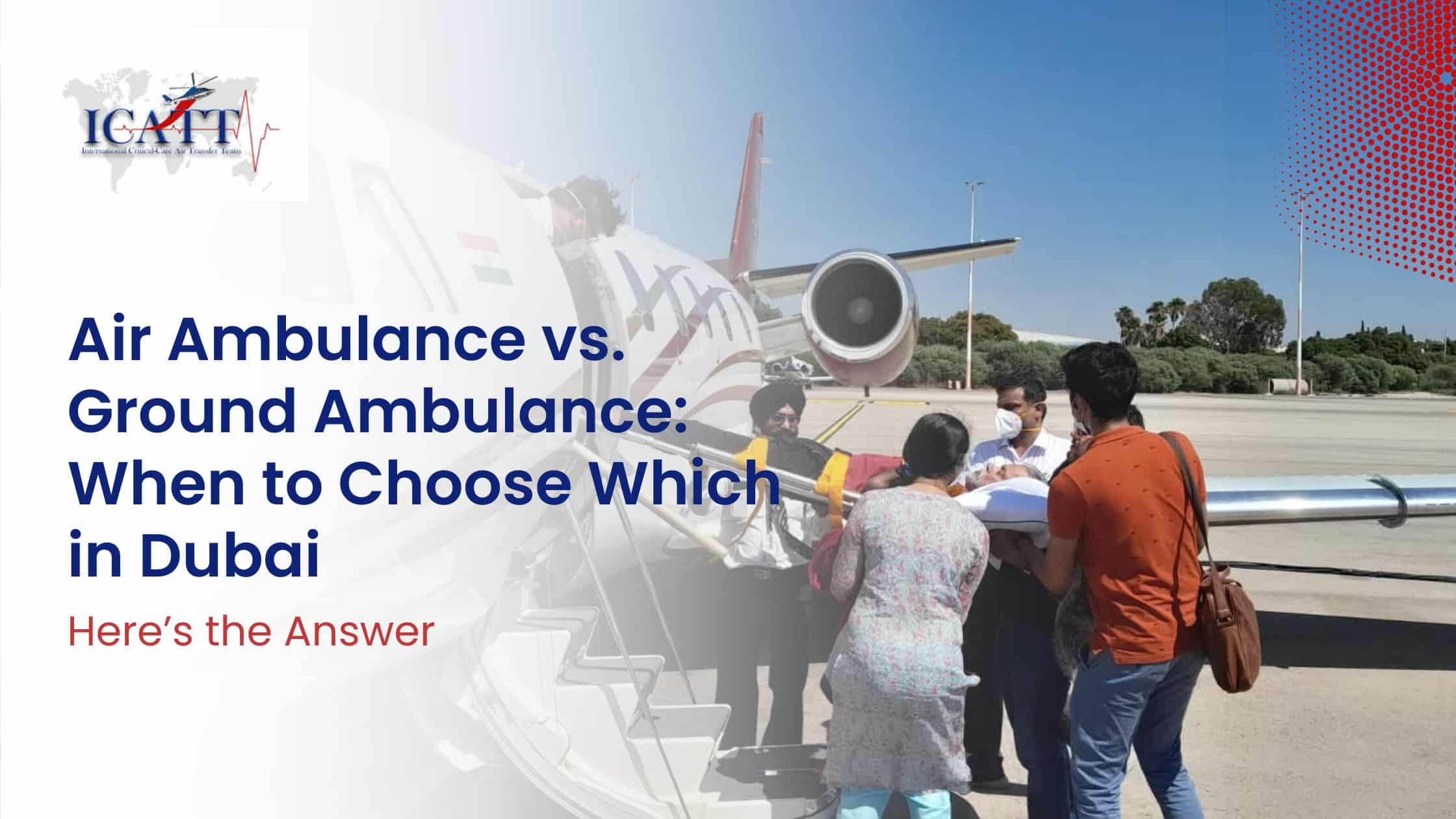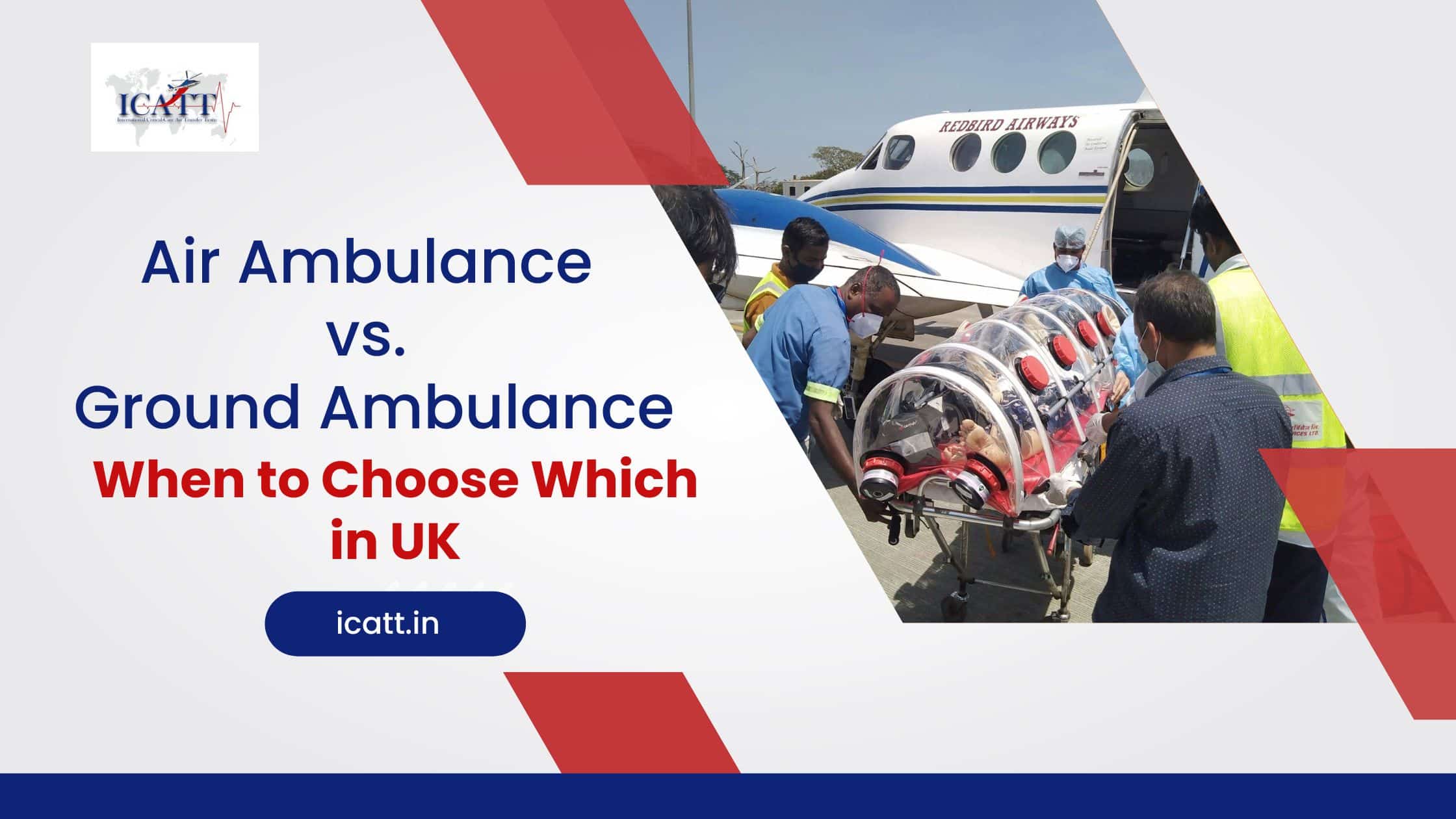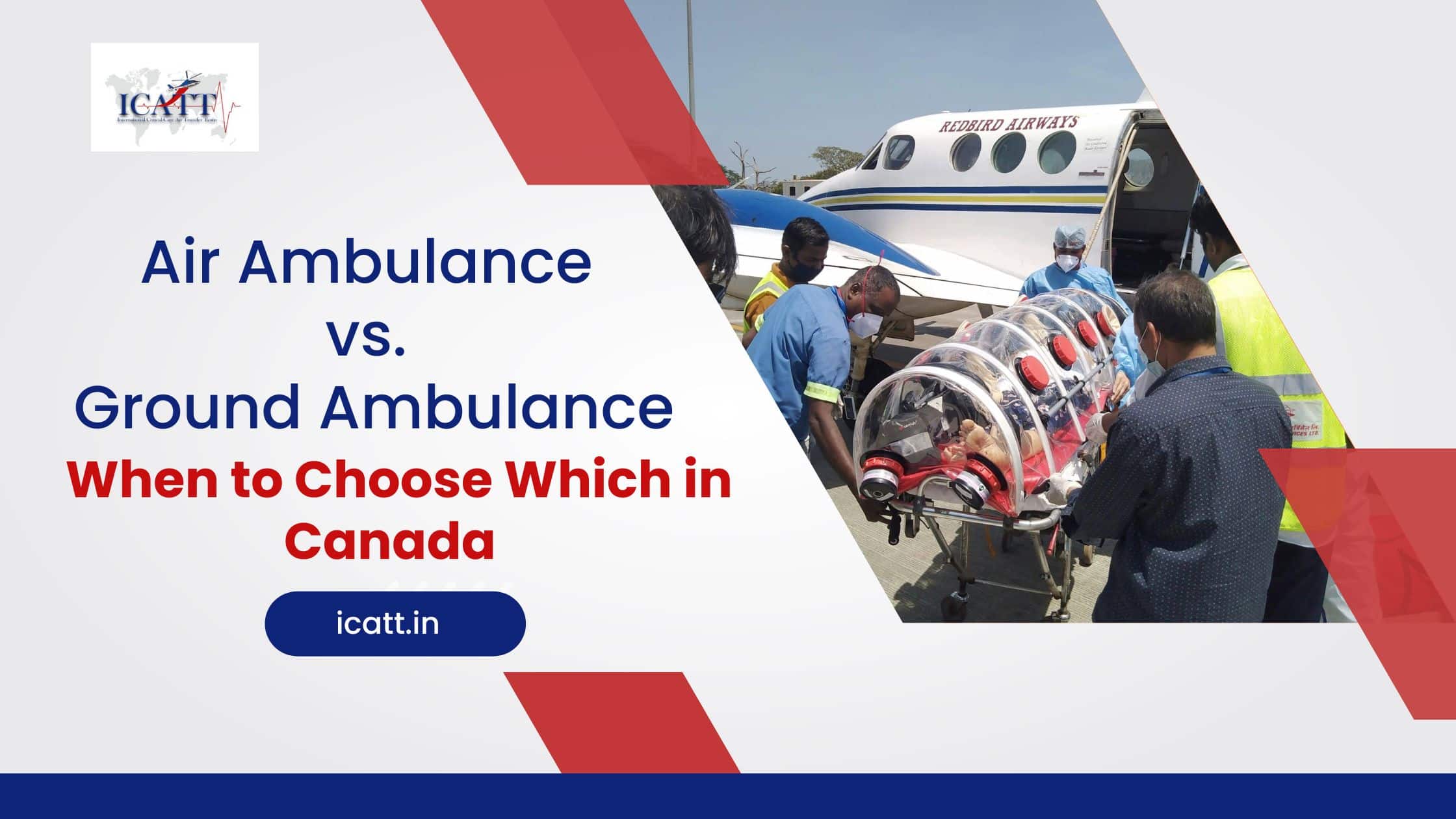Transporting a child via a medical flight can be a stressful and emotionally charged experience. Whether it’s a critical emergency or a scheduled transfer to a specialized healthcare facility, ensuring the safety and comfort of young patients is a top priority for parents and guardians. Medical flights for children require specialized equipment, personnel, and preparation to address their unique needs.
This blog outlines five key considerations to think about before booking a medical flight for a child. By understanding these critical aspects, you can make an informed decision and ensure a smooth and safe journey for your child.
1. Assess the Level of Medical Care Required
The first and most important step when arranging a medical flight for a child is to determine the level of medical care they will need during transit. Children, especially newborns and infants, have vastly different physiological needs compared to adults. Factors to consider include:
- Critical vs. Non-Critical Cases:
Is your child’s condition stable, or do they require immediate and continuous life-support measures during the flight? - Specialized Paediatric Care:
Does your child need care from medical professionals trained in paediatric or neonatal care? For instance, preterm infants may require incubators and advanced monitoring. - Onboard Equipment:
Ensure the air ambulance is equipped with child-specific medical devices such as neonatal ventilators, infusion pumps, and cardiac monitors tailored for young patients.
2. Choose the Right Type of Medical Flights for Children
Engaging with a service provider that specializes in paediatric air medical transport ensures your child receives the appropriate care, regardless of their condition’s complexity.
There are different types of medical flights available, and selecting the right one depends on your child’s medical needs, distance, and urgency. Common options include:
- Air Ambulances (Fixed-Wing Aircraft):
These are fully equipped planes designed for critical and long-distance transfers. They are ideal for children requiring constant medical supervision, as they are outfitted like flying ICUs. - Helicopter Medical Flights:
Helicopters are best suited for short distances or emergencies requiring rapid transport to nearby hospitals. - Commercial Medical Escorts:
For stable cases, some medical flight providers offer the option of sending a trained medical professional with your child on a commercial flight. This is a cost-effective alternative to air ambulances.
Discuss your child’s specific needs with the service provider to determine the best mode of transport. An experienced provider like ICATT Air Ambulance can guide you through this decision, ensuring your child’s safety and comfort.
3. Verify the Experience and Expertise of the Medical Team
When it comes to children’s health, expertise matters. A medical flight crew for paediatric transport should consist of highly skilled professionals with experience in handling young patients. Key considerations include:
- Specialized Training:
Ensure the onboard medical team has training in paediatric and neonatal emergency care. This includes Fellowship in Aero-Medical Sciences (FAM) doctors, paediatric nurses, and paramedics experienced in child-specific needs. - Communication Skills:
Caring for children often requires a compassionate approach. The medical team should be able to communicate effectively with young patients and their families, easing anxiety and providing reassurance throughout the journey. - 24/7 Availability:
Emergencies can happen at any time. Look for a provider with a round-the-clock team ready to respond quickly and efficiently.
4. Understand Costs and Insurance Coverage
The cost of medical flights can vary significantly depending on the type of flight, distance, and level of care required. To avoid unexpected financial strain, it’s essential to address cost considerations upfront:
- Request a Detailed Quote:
Before booking, request a transparent cost breakdown from the service provider. This should include fees for medical personnel, equipment, and any additional services. - Payment Plans:
For families without comprehensive insurance, inquire about flexible payment options. Some providers offer installment plans to ease the financial burden.
By addressing these financial aspects early, you can focus on your child’s well-being without worrying about unexpected costs.
5. Plan Logistics and Prepare for the Journey
Smooth logistics are critical for a stress-free experience. Proper preparation ensures that both you and your child are ready for the medical flight. Here’s what to keep in mind:
a) Bedside-to-Bedside Transfers
Choose a service that offers bedside-to-bedside care, ensuring a seamless transition from the current location (home or hospital) to the destination facility. This guarantees continuous care throughout the journey.
b) Necessary Documentation
Make sure you have all the required documents, such as:
- Medical reports and prescriptions.
- Insurance information.
- Identification for both the child and accompanying family members.
c) Packing Essentials
Pack a small bag with your child’s essentials, including:
- Medications and feeding supplies.
- Comfort items like a favorite toy or blanket.
- Emergency contacts and any additional medical instructions.
d) Travel Companions
Many medical flights allow a parent or guardian to accompany the child. Confirm this with the provider and understand the space limitations on the aircraft.
e) Destination Preparation
Ensure the receiving medical facility is ready and aware of your arrival. Clear communication between the transport team and the destination hospital ensures a smooth handover of care.
Why Choose ICATT for Paediatric Medical Flights?
When it comes to transporting children, ICATT Air Ambulance stands out as a trusted provider, offering:
- Paediatric and Neonatal Expertise:
Our team includes highly skilled paediatricians and paramedics trained in managing the unique needs of children, from newborns to teenagers. - State-of-the-Art Equipment:
ICATT’s air ambulances are outfitted with advanced ICU and NICU facilities to provide critical care during the flight. - Bedside-to-Bedside Service:
We ensure continuous care throughout the journey, from the departure location to the receiving hospital. - Global Reach:
With extensive experience in international patient transfers, ICATT ensures seamless global transport.
Conclusion
Medical flights for children require meticulous planning, specialized care, and an experienced team to ensure safety and comfort. By focusing on these five considerations—medical care, flight type, team expertise, costs, and logistics—you can confidently make the best decision for your child’s needs.
Choosing the right provider, such as ICATT Air Ambulance, guarantees that your child’s journey is handled with the highest level of professionalism and compassion. From neonatal care to critical paediatric transfers, ICATT’s expertise, advanced equipment, and commitment to excellence provide peace of mind during life’s most challenging moments.
When every second counts, trust ICATT to deliver expert care and seamless transport for your child, ensuring they receive the medical attention they need wherever they are in the world. Contact us today to learn more about our paediatric air ambulance services or to book a consultation.
